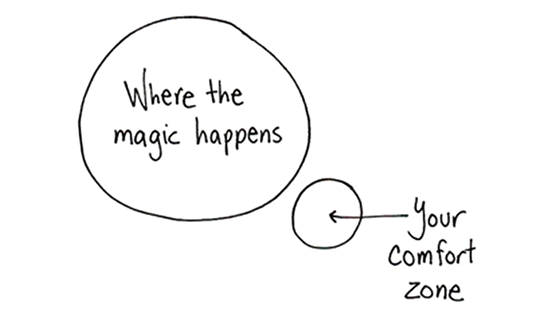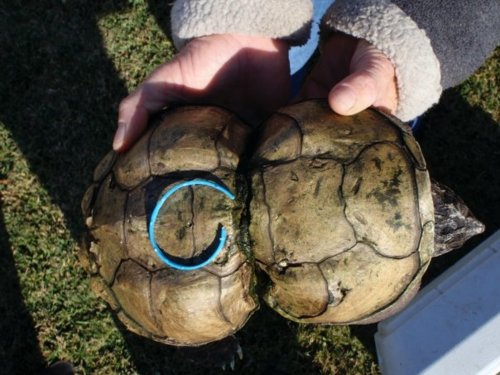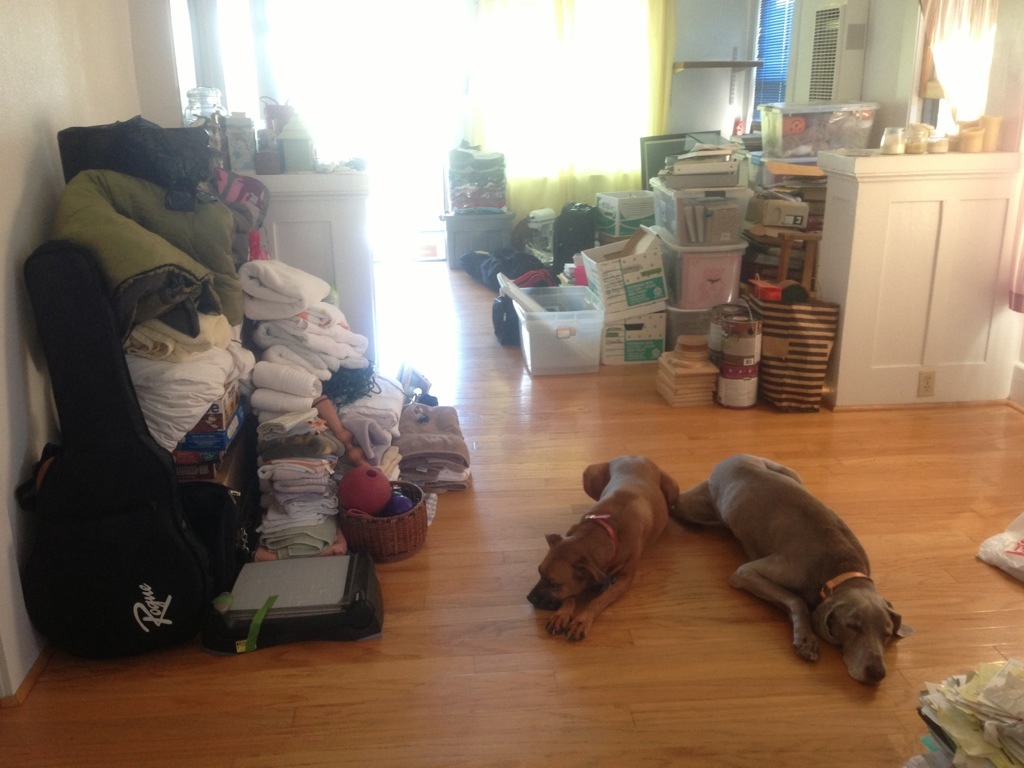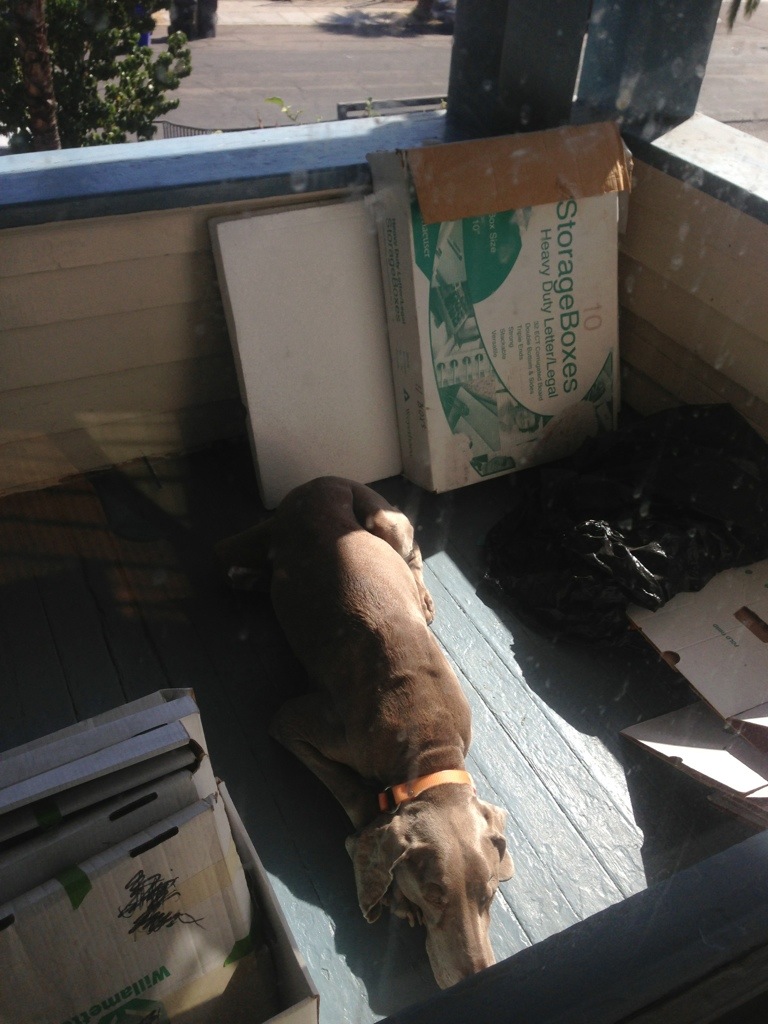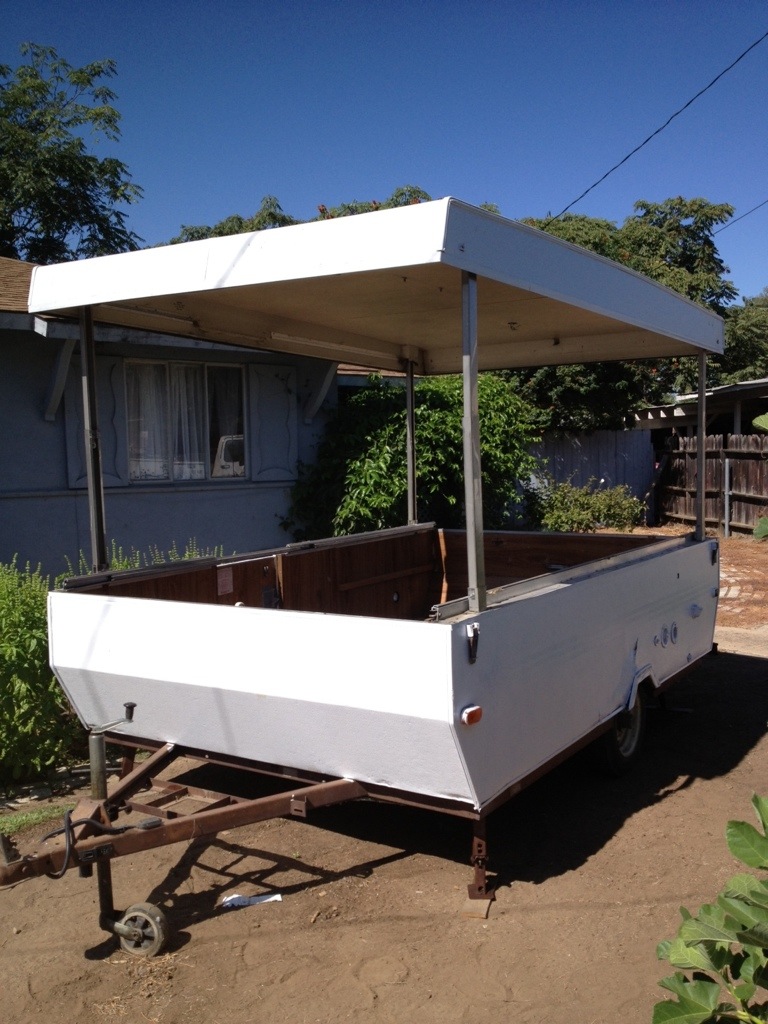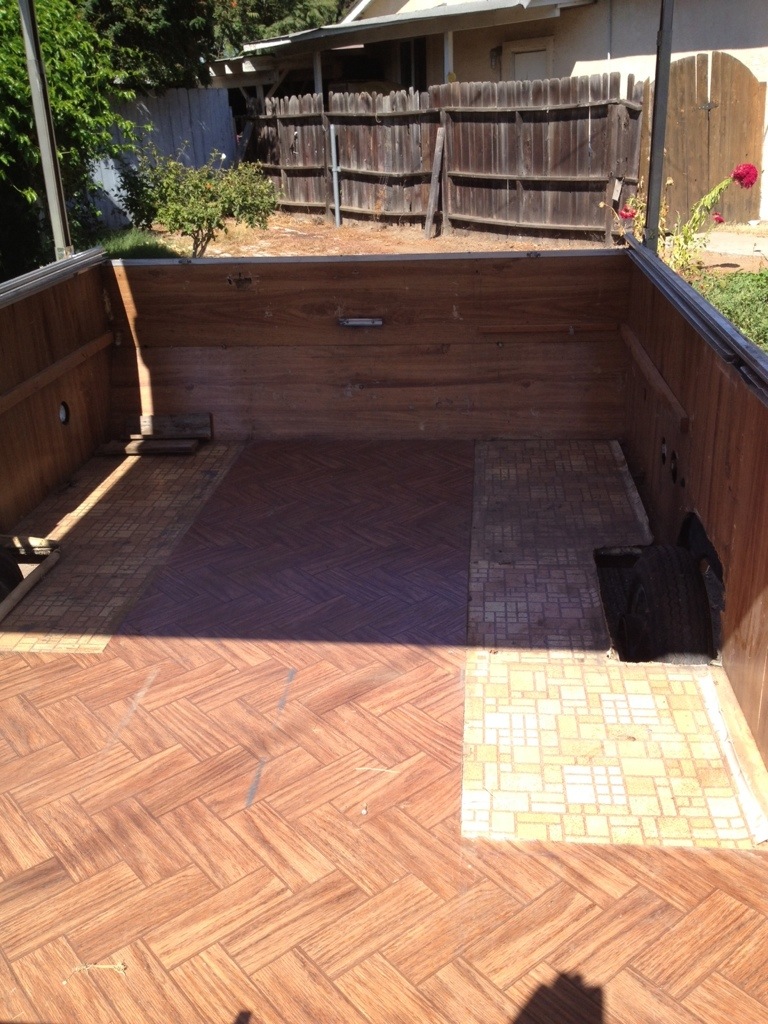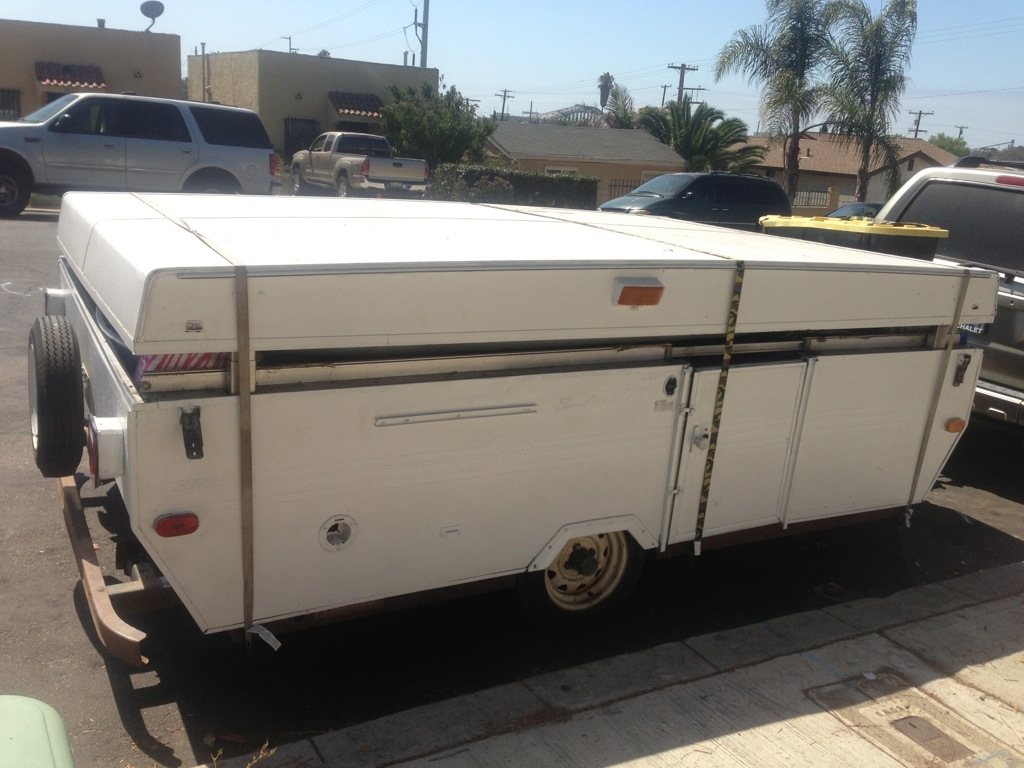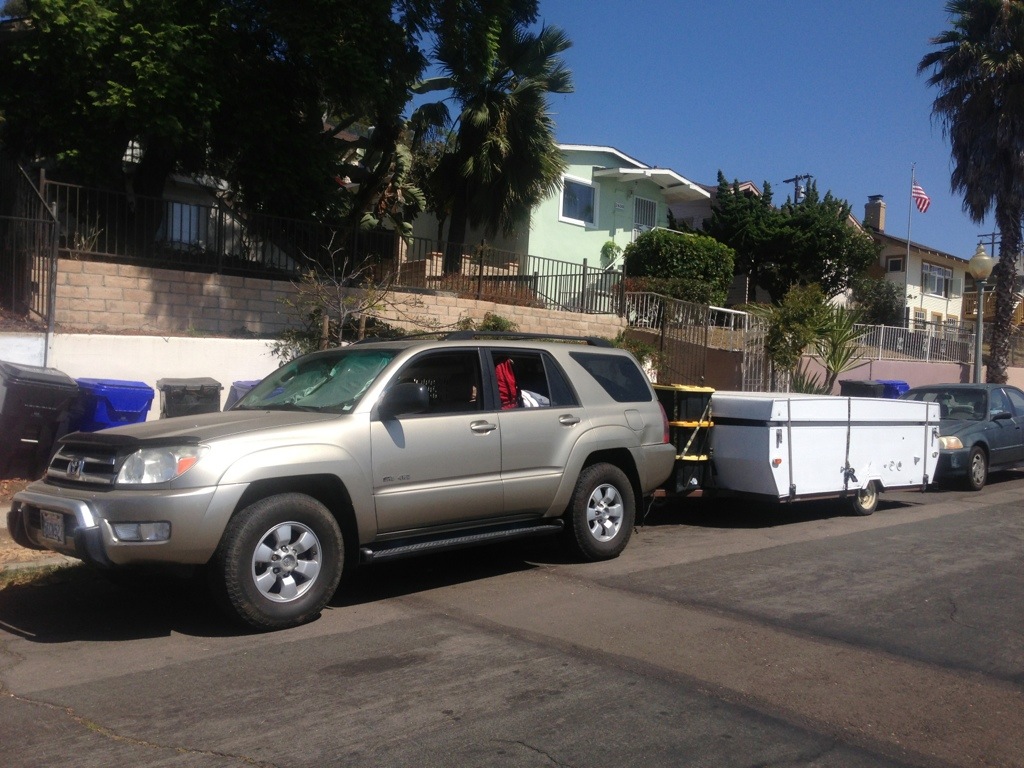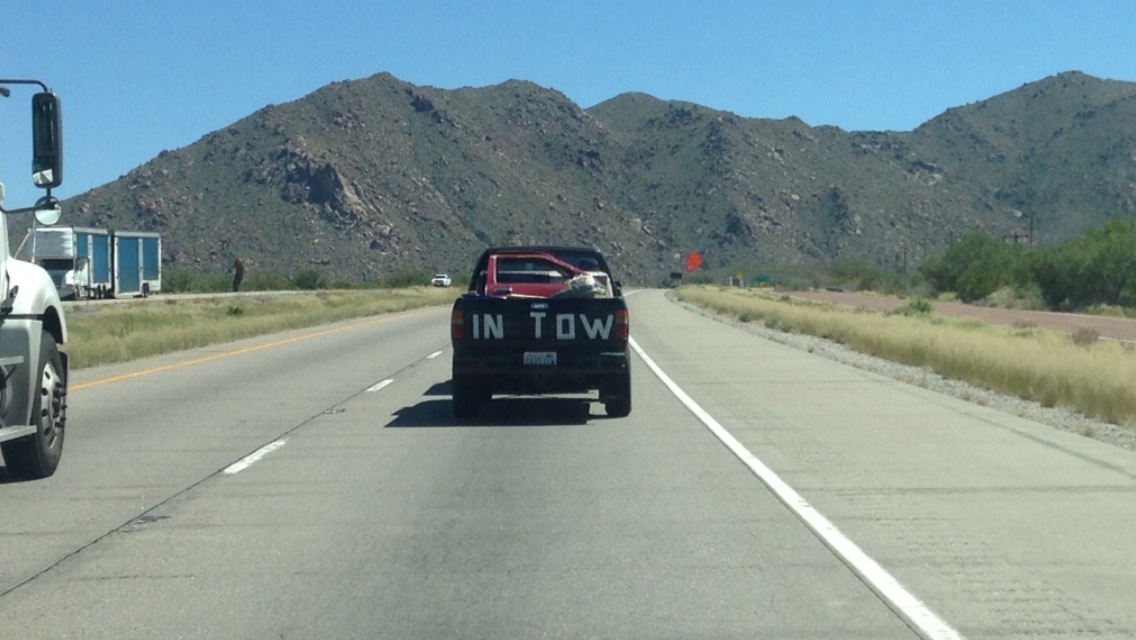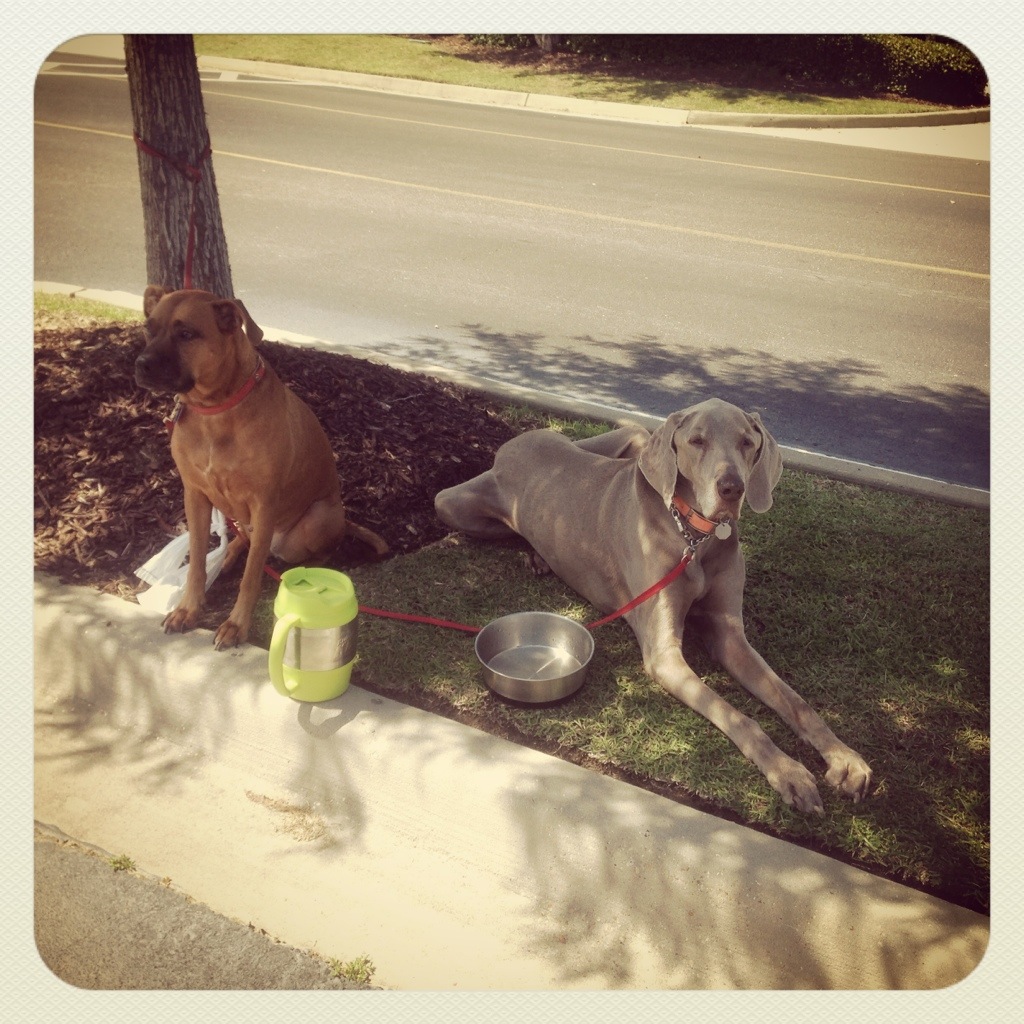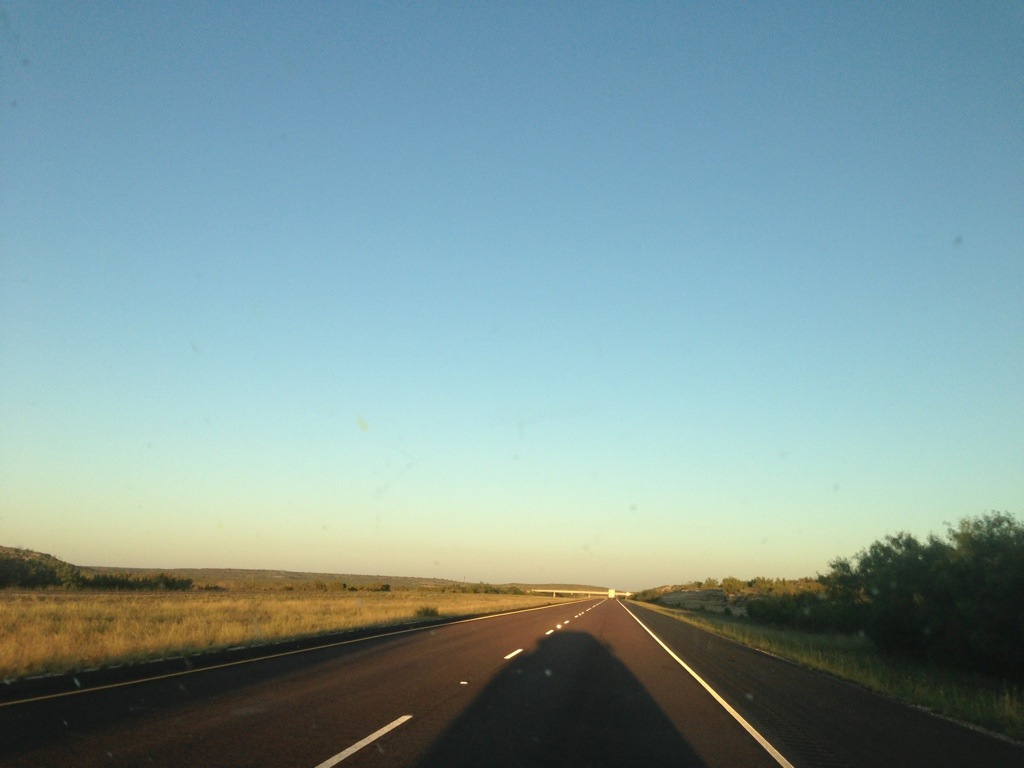For those of you that don’t follow our Facebook posts, I wanted to share our most recent quote of inspiration spoken from Peter himself.
“You don’t know your strength until you know your limits”
-Peter Pieschel
It took us awhile to get over the initial exhaustion of becoming liveaboards. It takes a LOT of work to live on a boat and for the first month we were just plain exhausted every day. It’s one thing to go boating for a weekend but when you live on a boat it takes some getting used to.
- If its windy, we have to pull the boat closer to the dock for us and the dogs to get on and off safely. (When we are anchored we will have a whole new process for preparing the dinghy to take to shore)
- Our muscles are constantly working to keep us balanced since the boat is always moving.
- When stock up on groceries we put them all in a cart, pull it from the parking lot way down to our dock and begin passing them over the lifelines, into the cockpit and down the 5′ vertical ladder into the depths of the boat.
- We have to lift a ladder up onto the bed to get the dogs in and out of the cockpit.
- Every time we want to get something out of the fridge we have to stretch our gumby arms way down to the bottom, take everything out to get to what we want and then put all the other items back in.
- When we want a pot or a pan, we have to get down on our hands and knees to get it from a locker underneath the stove which extends way down against the hull.
- When we want to use the kitchen table we lift it down from its latched position against the bookshelf.
- If we need more water, one of us goes topside with a hose and one of us opens the floorboards inside the boat to prepare the water tanks for refilling.
- When we need to empty our holding tanks one of us has to be on deck to attach the hose and one of us stands by in the heads to flush fresh water through after the first round of pumping.
- Taking a shower requires us to simultaneously keep the two shower curtains in front of the toilet from attacking us as we shower off and then flip a switch several times for the sump so the water will drain out.
- Power is needed for LOTS of things we take for granted: lights, fans, radio, cell phone chargers, computers, hot water heater, dehumidifier, navigation instruments, coffee makers, microwave and air conditioning. If we’re not plugged into shore power, we have to generate our own with solar panels, a wind generator, or by running the engine or diesel generator.
- When something goes wrong, we have to be very innovative and creative to figure out how to fix it with the tools that we have at hand.
- When we’re done using something, it has to be put away because there’s no room to leave clutter out.
- When we use dishes, we have to wash them by hand every time we eat.
- We have to be plumbers, electricians, mechanics, navigators, chefs, fishermen, sailors, excellent communicators and fun-havers.
- This is just the beginning…
Living on a boat is much different than living on land. There is a lot to get used to, but it has slowly started to feel normal :) We absolutely LOVE our little home and we say it out loud to each other every day!! Its hard work but SO worth it in the end. We are preparing our home to travel across oceans to visit far off lands, beautiful tropical beaches and crystal clear waters. We’re going to go Where The Coconuts Grow and the wind in our sails will take us there!
Its going to be a hell of an education too. As the months go by we will be forced to learn so many new skills and we’ll learn how to live with ‘less’ all around. We need the basics, safety equipment, a few personal effects from home and all the rest is just stuff. Our priorities have already begun to change as we work on the boat every day and prepare to set sail. We appreciate the little things we didn’t even notice before. We take a lot less for granted and our happiness increases by the minute.
We do get frustrated sometimes but I think we’re getting better about understanding that we’re both doing our best. Our patience with ourselves and with each other is growing too. Everything we do, we do it as a team and it seems much easier that way. We’re helping each other figure out how to do things we haven’t done before and it’s actually really fun! It’s hard at first to step outside of your comfort zone, but when you do, that’s where the magic happens :)
After the initial exhaustion wore off a little, Peter and I committed to running again to get ourselves and the dogs the exercise we all need. The last couple of days have been a chilly 38 degrees at night here in Southwest Florida, and this is not exactly what I signed up for, but Peter laid the inspiration down pretty thick. His quote about strength and limits really did get me thinking and even though it’s almost freezing outside I perked up a little and tried to see things in a positive light instead. We should be able to handle a little cold weather and still keep exercise a priority. We’ve done 3 miles each night through the cold winds and by the time we’re done we both smile and feel glad we went :) We really are stronger than we think we are, and as a good friend said to me yesterday, we have to BELIEVE in ourselves!!
Peter and I are about to set sail on an adventure of a lifetime with our two dogs and we both feel so lucky that everything has just fallen into place. It’s one of those moments where we know we’re in the right place at the right time, and now is the time to go for it. We’re young, we are finding strength we didn’t know we had, and we’re throwing our fears and doubts aside in exchange for this amazing opportunity. What better time in our lives than now to travel and see the world? There’s so much beauty and joy out there just waiting to be shared.
We hope our adventures will inspire others to take a leap of faith, step outside your comfort zone and find out where the magic happens. Dreams really do come true, if you believe!!


